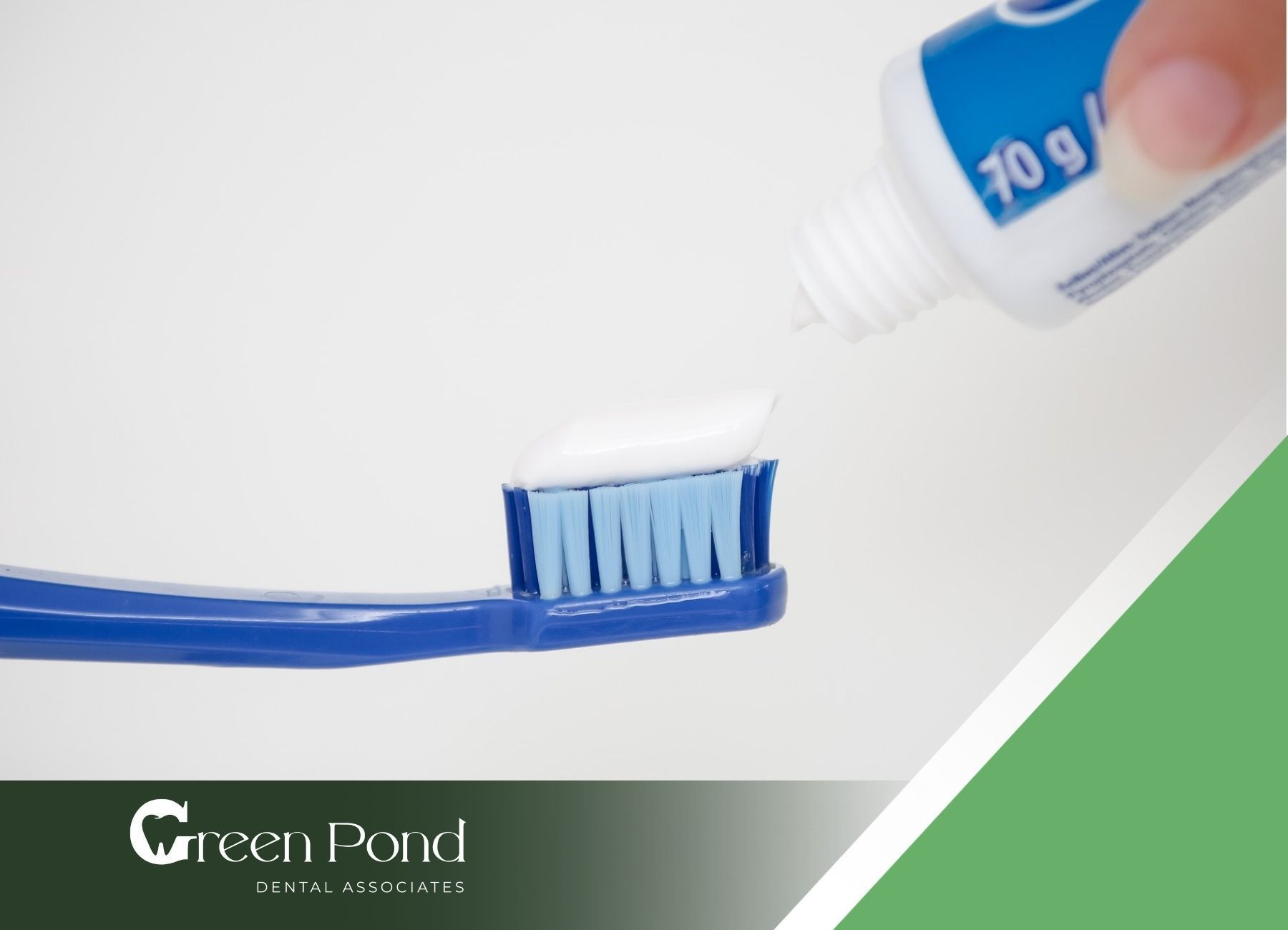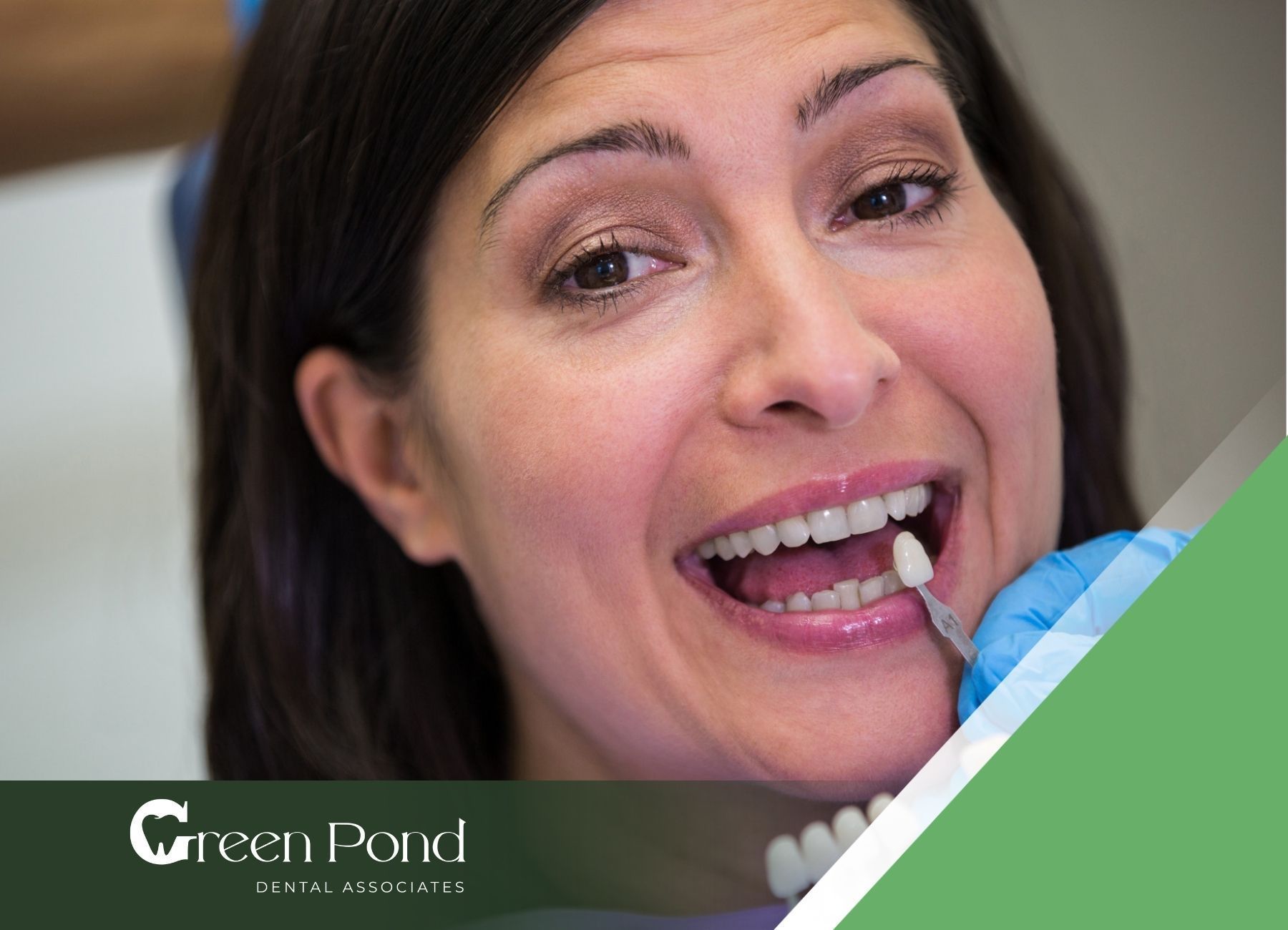Flossing for Kids: Easy Steps to Keep Their Smile Bright
Teaching kids to floss correctly is essential for their long-term dental health. While brushing is often the focus of oral care, flossing plays a crucial role in preventing cavities and gum disease by removing plaque and food particles from between the teeth. However, getting kids to floss can be a challenge. This listicle offers seven fun and easy steps to help you teach your kids how to floss correctly, ensuring their smiles stay bright and healthy.
1. Start Early and Make it Fun
The earlier you introduce flossing, the better. As soon as your child has two teeth that touch, it’s time to start flossing. To make it enjoyable, turn it into a game or use a favorite song to time the process. You can also let your child choose their floss, such as colorful floss picks or flavored floss, to make the experience more appealing.
Tip:
Create a flossing chart with stickers as a reward system. Each time your child flosses, they can add a sticker, and after a week or month of consistent flossing, reward them with a small treat or extra playtime.
2. Choose the Right Flossing Tools
For kids, using traditional floss can be tricky, especially if they are young or have limited dexterity. Consider starting with floss picks designed specifically for children. These are easier to handle and often come in fun shapes and colors. As your child gets older and more skilled, you can gradually introduce regular floss.
Tip:
Flavored floss or flossers with characters from your child’s favorite shows can make flossing more appealing.
3. Show Them How to Floss Properly
Demonstration is key when teaching kids how to floss correctly. Show them how to use the floss to clean between their teeth, emphasizing the importance of being gentle to avoid hurting their gums.
Here’s how to demonstrate flossing:
- Take a piece of floss (about 18 inches) and wind it around your middle fingers.
- Hold the floss tightly between your thumbs and index fingers.
- Gently slide the floss between your teeth using a back-and-forth motion.
- Curve the floss into a C-shape around each tooth and slide it under the gumline.
- Move to a clean section of floss for each tooth.
Tip:
Consider flossing your own teeth in front of a mirror while your child watches, then let them try. You can even floss their teeth for them at first, gradually allowing them to take over.
4. Practice Makes Perfect
Encourage your child to practice flossing daily. It’s important to be patient, as it may take time for them to master the technique. Offer gentle guidance and support to help them improve.
Tip:
Floss together as a family. When kids see their parents flossing, they are more likely to develop the habit themselves.
5. Use Positive Reinforcement
Positive reinforcement is a powerful tool for teaching new habits. Praise your child for their efforts, even if they don’t get it right at first. Celebrate their progress and remind them of the benefits of flossing, such as having a clean mouth and a bright smile.
Tip:
Consider offering small rewards for consistent flossing, like an extra bedtime story or a special activity.
6. Make It Part of Their Routine
Incorporate flossing into your child’s daily routine, ideally before bedtime. This consistency will help turn flossing into a lifelong habit. Pair flossing with other bedtime activities like brushing teeth, reading a book, or putting on pajamas to create a seamless routine.
Tip:
Use a visual timer or a favorite song to signal when it’s time to floss, making the routine more engaging.
7. Consult Your Dentist for Advice
Regular dental visits are essential for monitoring your child’s oral health and ensuring they’re flossing correctly. Your dentist can offer personalized advice, demonstrate proper flossing techniques, and recommend the best tools for your child’s needs.
Tip:
If your child is resistant to flossing, ask your dentist to talk to them about the importance of flossing during their check-up. Sometimes, hearing it from a professional can make all the difference.
Conclusion
Flossing is an important habit that every child should learn to protect their teeth and gums. By following these seven steps, you can make flossing fun and easy for your child, helping them develop good oral hygiene habits that will last a lifetime. Remember, consistency, patience, and positive reinforcement are key to making flossing a part of your child’s daily routine.
At Green Pond Dental, we’re dedicated to helping families maintain healthy smiles. If you have any questions about your child’s flossing technique or need personalized advice, our friendly team is here to help. Visit us at Green Pond Dental to learn more about our services and how we can support your family’s dental health.
FAQs
At what age should my child start flossing?
Children should start flossing as soon as they have two teeth that touch, usually around age 2-3.
How often should kids floss?
Kids should floss at least once a day, preferably before bedtime, to remove plaque and food particles.
Is it okay for kids to use floss picks?
Yes, floss picks are a great tool for kids, especially when they are just learning how to floss.










